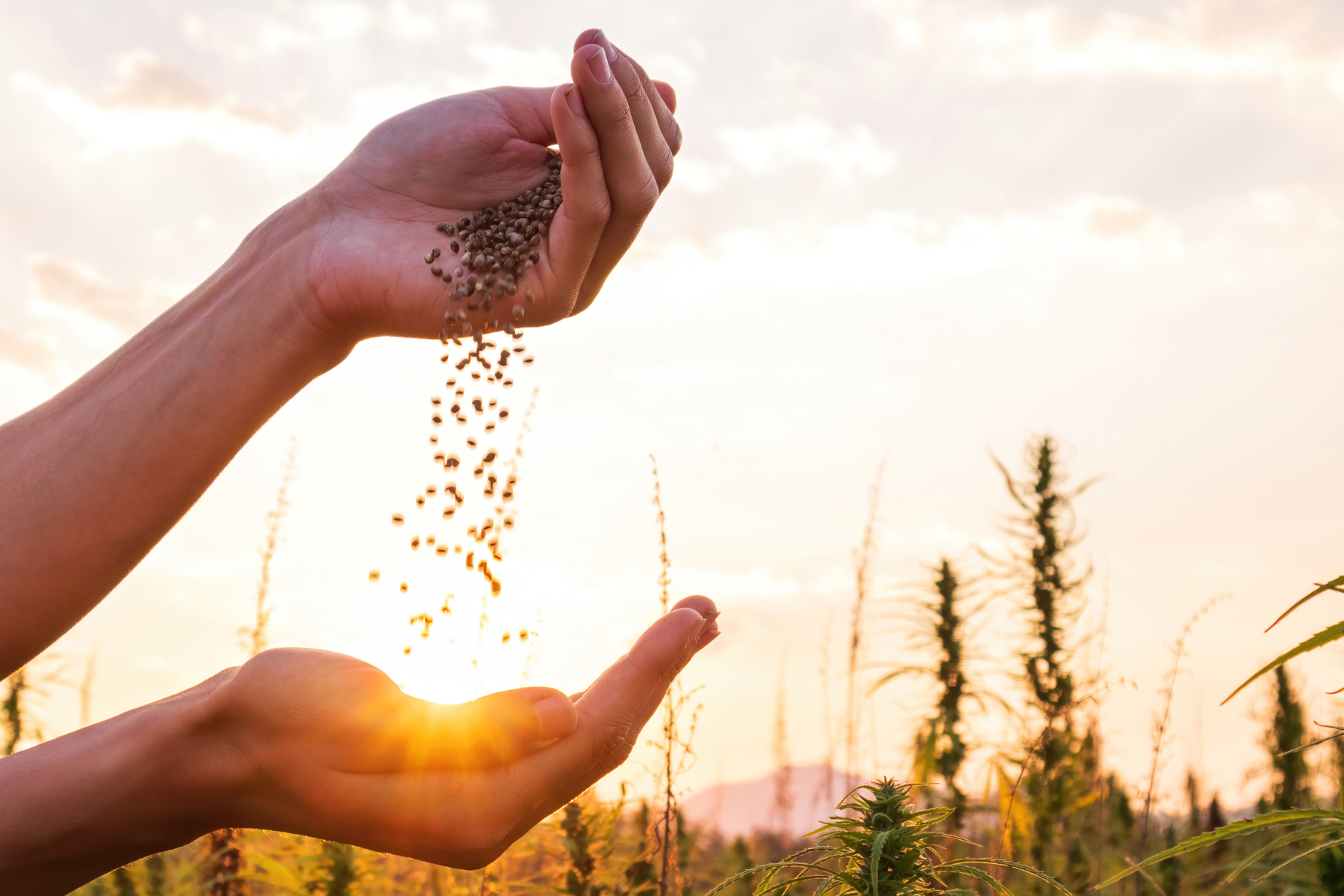CBD 101: The Basics for Beginners
There's a lot to learn about the cannabinoid called cannabidiol (CBD): how the hemp plant produces it; how CBD is separated from the plant; and how CBD interacts with our bodies, for starters. It can be overwhelming. It’s no surprise; there’s a lot of science involved. So, let’s break it down into what’s effectively CBD for Beginners.
FIRST, THERE’S HEMP
In effect, there’s always been hemp. Hemp has been grown for thousands of years. Until the early 20th century, hemp was an important source of tough fiber—a mainstay of shipping before the Age of Steam, to cite one vital use. From 1938–2018, with only a few exceptions, hemp was illegal to grow, possess, or use for research in the United States. In 2018, revisions to the Farm Bill legalized the growth of industrial hemp, which contains less than 0.3 percent—what can be called trace amounts—of the cannabinoid called ∆9-tetrahydrocannabinol (THC), the compound that causes noticeable intoxicating, euphoric effects. (CBD and THC are just two of more than 400 compounds found in hemp.)
FROM HEMP COMES CBD.
In hemp, CBD comes from the flowers, leaves, and seeds, which are separated from the stalks at harvest. The CBD can be extracted in a number of ways, including the use of alcohol, ethanol, or CO2. Whatever method is used, the CBD must be also heated to activate it, a process known as decarboxylation. For its softgels, oils, and topical creams, Canopy produces only what is called CBD isolate, which is created by repeatedly refining the hemp extract. The result is something that guarantees very precise amounts of CBD and highly consistent results, and no THC content. Other processes may result in what are called broad-spectrum CBD, which contains a much higher number of active ingredients, and full-spectrum CBD, which contains THC.
That explains the source of hemp-derived CBD and how we obtain it, but why does it interact with our bodies?
